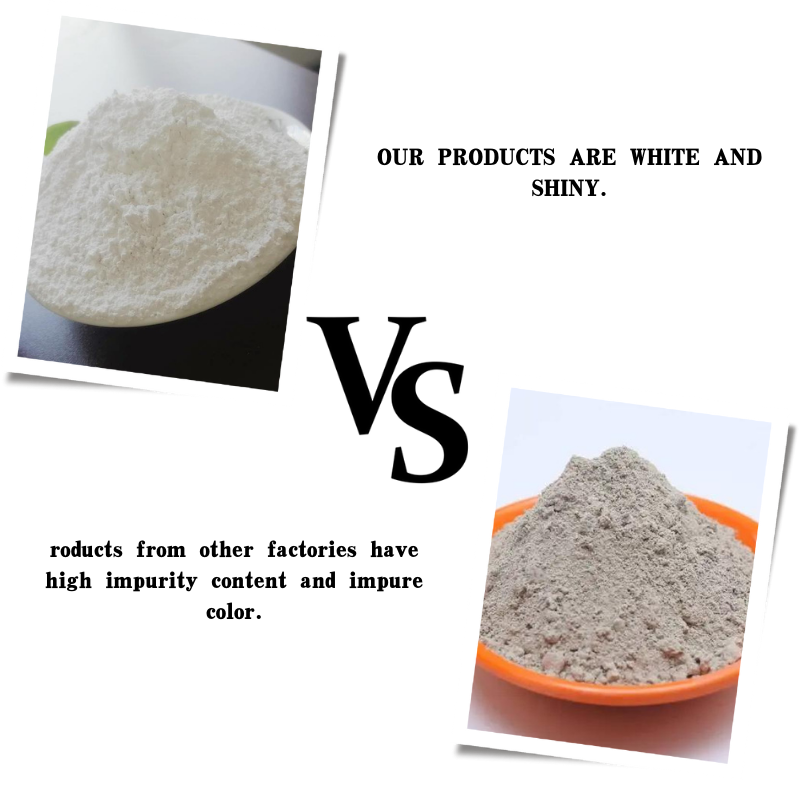
Exploring the Use of Activated Carbon in Effective Water Purification Techniques and Applications
Activated Carbon for Water Purification A Comprehensive Overview
Water is an essential resource for all forms of life, yet access to clean and safe drinking water remains a global challenge. Contaminated water can lead to numerous health issues, which is why effective purification methods are crucial. One of the most widely used materials in water treatment is activated carbon. This article explores the role of activated carbon in water purification, its mechanisms, advantages, and applications.
What is Activated Carbon?
Activated carbon, also known as activated charcoal, is a porous material derived from carbonaceous sources, such as coconut shells, wood, or coal. Its production involves heating the raw material at high temperatures in an inert atmosphere, which activates the carbon content and increases its surface area. This process creates millions of tiny pores, enhancing its adsorptive properties significantly.
Mechanism of Water Purification
The primary mechanism through which activated carbon purifies water is adsorption. Adsorption is a process where contaminants adhere to the surface of the carbon particles. Activated carbon can attract and hold a variety of organic compounds, chlorine, pesticides, and even some heavy metals. The large surface area of activated carbon allows it to trap these impurities effectively, making it an efficient filtration medium.
There are two main types of adsorption processes physical adsorption and chemical adsorption. Physical adsorption occurs when contaminants adhere to the surface through weak van der Waals forces, while chemical adsorption involves stronger bonds formed between the activated carbon and the pollutants. Both processes contribute to the overall effectiveness of activated carbon in removing unwanted substances from water.
Advantages of Activated Carbon in Water Treatment
1. High Efficiency Activated carbon is highly effective at removing a wide range of contaminants, including volatile organic compounds (VOCs), taste and odor-causing elements, and disinfectants like chlorine.
activated carbon for water purification

2. Versatility It can be used in various applications, from household water filters to large-scale water treatment plants. Its adaptability makes it a preferred choice in both residential and industrial settings.
3. Cost-Effective Activated carbon is relatively inexpensive compared to other filtration methods like reverse osmosis or advanced oxidation processes. Its longevity and reusability (after proper regeneration) further enhance its cost-effectiveness.
4. Maintenance of Water Quality Unlike some chemical treatments, activated carbon maintains the mineral balance in water, ensuring that essential elements remain intact.
Applications of Activated Carbon in Water Purification
The applications of activated carbon in water purification are diverse. In residential settings, activated carbon filters are commonly used in pitcher filters, under-sink units, and whole-house systems to improve the taste and safety of drinking water. In industrial settings, activated carbon is employed to treat wastewater, remove contaminants before discharge, and recycle water in various manufacturing processes.
Furthermore, activated carbon is also used in aquariums and in the treatment of swimming pool water, highlighting its versatility. In the realm of environmental protection, activated carbon plays a role in remediation efforts to clean up contaminated groundwater and soil.
Conclusion
Activated carbon is a vital component in the pursuit of safe drinking water and environmental health. Its unique properties, effectiveness, and versatility make it a cornerstone of modern water purification techniques. As global challenges regarding water quality persist, continued research and innovation in the use of activated carbon will undoubtedly play a significant role in ensuring access to clean water for everyone. Whether in household settings or industrial applications, activated carbon remains an indispensable tool in the fight against water pollution.
Share
-
Premium Resin Coated Sand - High Heat Resistance CastingNewsJul.31,2025
-
High Quality Silicon Carbide Grit for Abrasive ApplicationsNewsJul.30,2025
-
High-Quality Ceramsite for Plants & Gardening | Lightweight PebblesNewsJul.29,2025
-
Premium Burgundy Glass Marbles for Vases & Shooter GamesNewsJul.29,2025
-
High Purity Quartz Sand for Industrial and Ground ApplicationsNewsJul.29,2025
-
High-Quality Barite Powder for Drilling & Industrial UseNewsJul.29,2025






